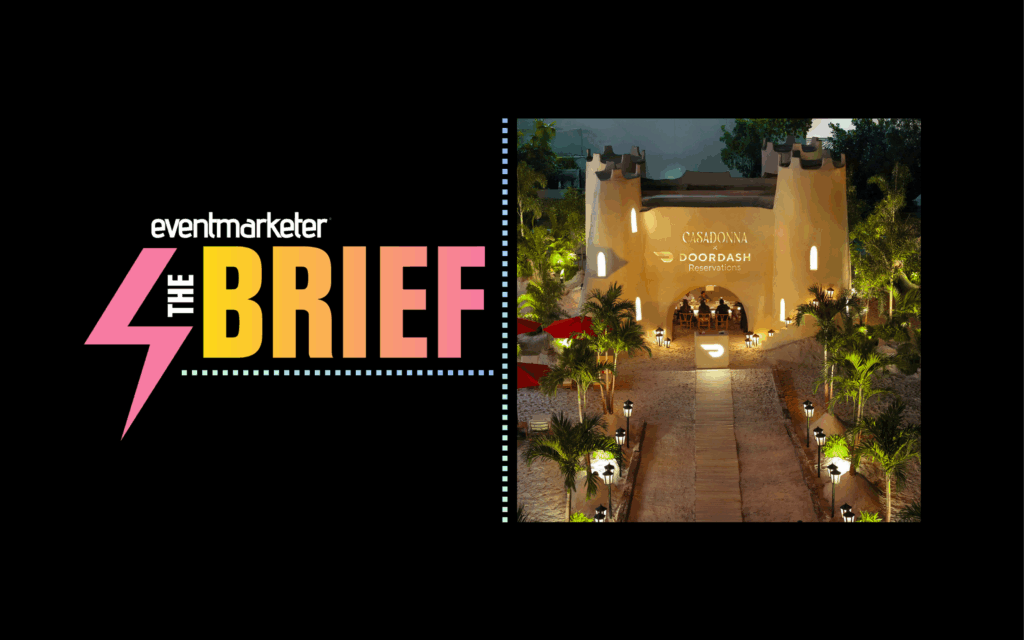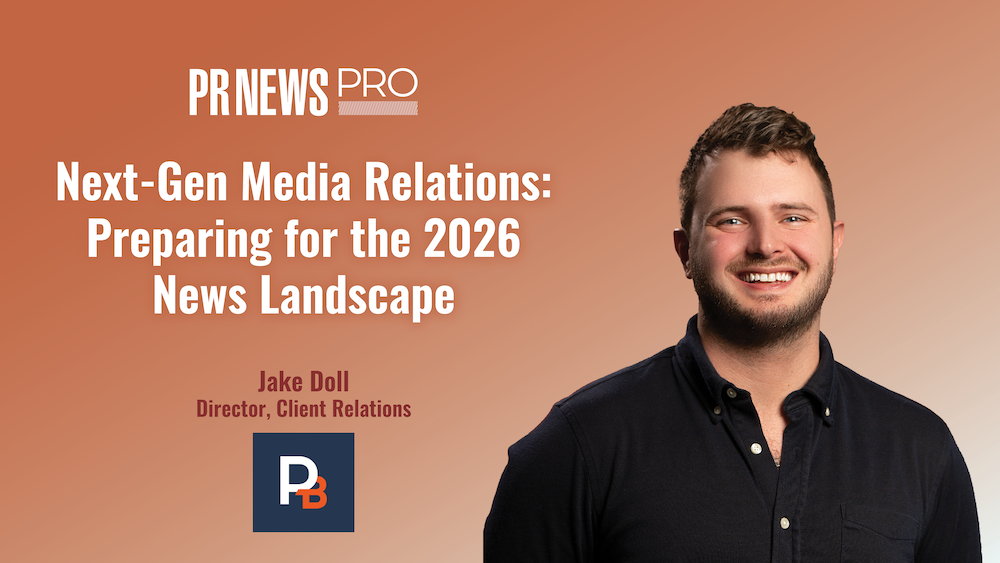With the top five carriers touting a combined customer base of 129.5 million customers, things are really starting to get interesting on the text messaging front. According to the Center for Media Research, 14.4% of U.S. consumers currently use a wireless phone as their primary phone (the remaining 85.6% still use a landline as their primary phone). It is “most likely” that 29.8% of wireless subscribers will not have a landline by 2008, according to CMR (see chart).
For many promotional marketers, wireless phones have become an attractive marketing vehicle — and not just from a pure numbers perspective. Advances in technology continue to drive the usability of wireless phones up while the cost of this technology continues to edge its way down. More and more, today’s phones are morphing into other consumer electronics goods such as digital cameras, video cameras, video game consuls, Personal Data Assistants (PDAs) and MP3 players, just to name a few.
But what does all this mean to the promotions industry?
Last year, AT&T Wireless and FOX Television created the largest text-messaging event to date by a single carrier via their joint American Idol programming. Customers sent 7.5 million messages to transmit a vote for their favorite contestant.
But that’s just the tip of the proverbial iceberg. While text messaging in the U.S. is rapidly taking off, there is still huge growth potential when compared to countries in Europe and Asia.
Content downloads
While text messaging is a way of life for many people living in Europe and Asia, the U.S. is still catching up with the rest of the world. “The fact is, Americans still prefer to use Instant Messaging on their PCs to send and receive text messages rather than their wireless phone,” says T.J. Person, Business Development Manager for Samsung Telecommunications. This is one of the reasons that Samsung continues to drive consumers online as part of its promotional programs. “In the U.S., consumers prefer to download content such as ring tones, music, games and graphics from the Web to their mobile phones,” Person says. This is why Samsung tends to create download sites with its partners and leverages the current behavior of consumers going online to enhance their mobile phones.
| COMPANY | CUSTOMERS |
|---|---|
| Cingular/AT&T Wireless | 46.0 Million |
| Verizon Wireless | 37.5 Million |
| Sprint PCS | 20.0 Million |
| Nextel | 13.0 Million |
| T-Mobile | 13.0 Million |
| Total | 129.5 Million |
| Source: The Motley Fool (2/17/04) | |
Perhaps the most interesting development of late is a cooperative venture between m-Qube and NCR, which allows marketers to deliver custom coupons to consumers’ wireless phones via existing retailer loyalty platforms. M-Qube has run a successful pilot program already, at the CambridgeSide Galleria in Boston, with retailers and QSRs such as Gap, J Crew, Guess, Steve Madden, Borders, Dunkin’ Donuts and Taco Bell all participating.
“This gives us the capability to provide an individually coded and trackable coupon to a mobile device that can be redeemed by showing the phone at the POS, where the clerk enters the code and we then track results from the back end,” explains Paul Cushman, director of Business Development for m-Qube.
This is the final connection that makes wireless programs at retail truly viable. Sending a consumer a text message that they can reply to or use to go online is one thing, but sending them a unique code (at their request, of course) that they can use at retail for a discount truly pays off the promise of wireless marketing.
Before, information was the thing that could be distributed via wireless phones. Now, with this development, true value can be realized at the point of purchase. This development has a profound impact on the kinds of promotions that can be accomplished at retail and affords marketers the opportunity to track ROI directly at the point of sale. Is this not the holy grail of wireless marketing for promotional marketers?
As m-Qube continues to forge relationships with the other NCRs of the world, the industry will see that this ability to connect wireless phones to promotional programs at the register in real time is truly a giant leap forward.
What’s next?
The clear trend in wireless phones is convergence with other consumer electronic devices (i.e. cameras, game consuls, PDAs, MP3 players, etc.). More and more, the next generation of wireless phones look like mini laptops. And just when you thought they couldn’t cram any more features onto the phone, wait until you see what SanDisk is doing to the next generation of wireless phones with their flash memory cards.
In the wireless marketplace, flash memory cards are just a bit larger than the size of a quarter. They fit into your phone and extend its memory by up to one gigabyte. Compare that to the physical size of a CD burner that can store only 700 megabytes, or the old floppy drive that could only hold 1.4 megabytes. Now imagine the kinds of programs you will be able to run off your phone. You can already run light versions of Microsoft Word, Excel, PowerPoint and Outlook. But now you can run the full feature versions of the programs using a very similar operating system to Windows XP.
In other words, your phone is quickly becoming your (second) laptop. Couple that with WiFi and other broadband data networks for your phone, and you’ve got a smaller device that you can take with you wherever you go. What kind of promotions would you launch if your target audience had their laptops with them 2×7? How could you integrate your events, sponsorships, retail and online efforts if your customers had one device with them wherever they went?
Bill Carmody is CMO of Seismicom and author of Online Promotions. Reach him at bill@billcarmody.com.
Editor’s Note: For some preliminary answers to Carmody’s question, see PROMO’s September 2004 edition for the second in our three-part focused coverage of innovations with text messaging tools.



